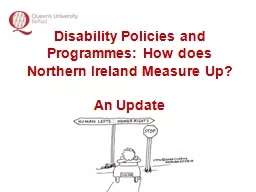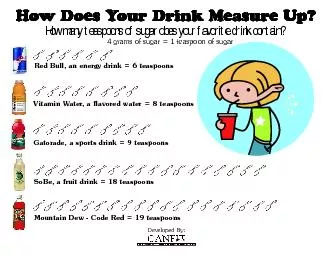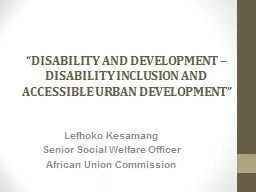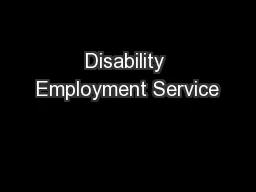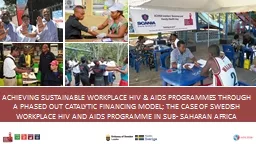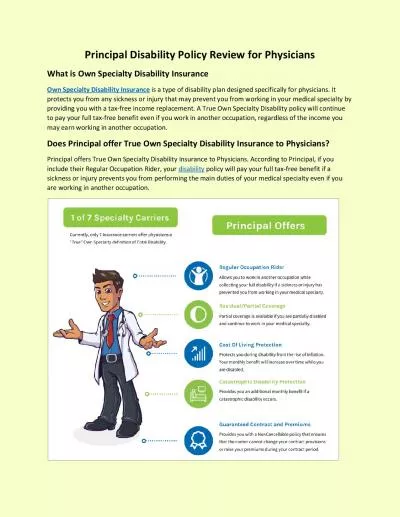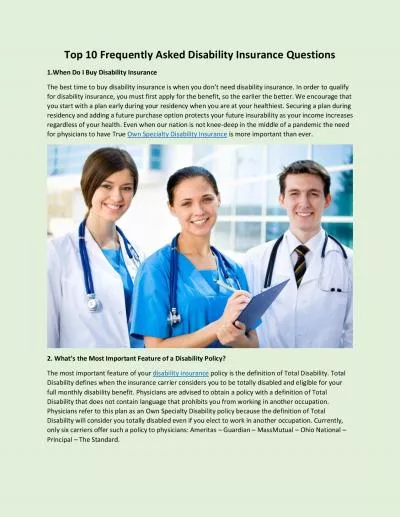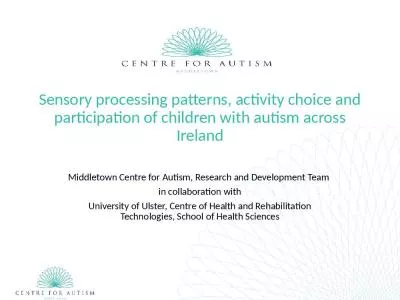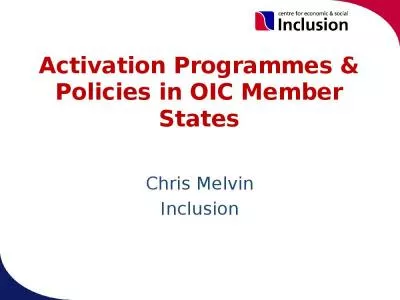PPT-Disability Policies and Programmes: How does Northern Irela
Author : cheryl-pisano | Published Date : 2016-12-19
An Update Contents Context UNCRPD amp Northern Ireland Considering the 3 priority areas from the previous research Identifying current substantive shortfalls
Presentation Embed Code
Download Presentation
Download Presentation The PPT/PDF document "Disability Policies and Programmes: How ..." is the property of its rightful owner. Permission is granted to download and print the materials on this website for personal, non-commercial use only, and to display it on your personal computer provided you do not modify the materials and that you retain all copyright notices contained in the materials. By downloading content from our website, you accept the terms of this agreement.
Disability Policies and Programmes: How does Northern Irela: Transcript
Download Rules Of Document
"Disability Policies and Programmes: How does Northern Irela"The content belongs to its owner. You may download and print it for personal use, without modification, and keep all copyright notices. By downloading, you agree to these terms.
Related Documents

